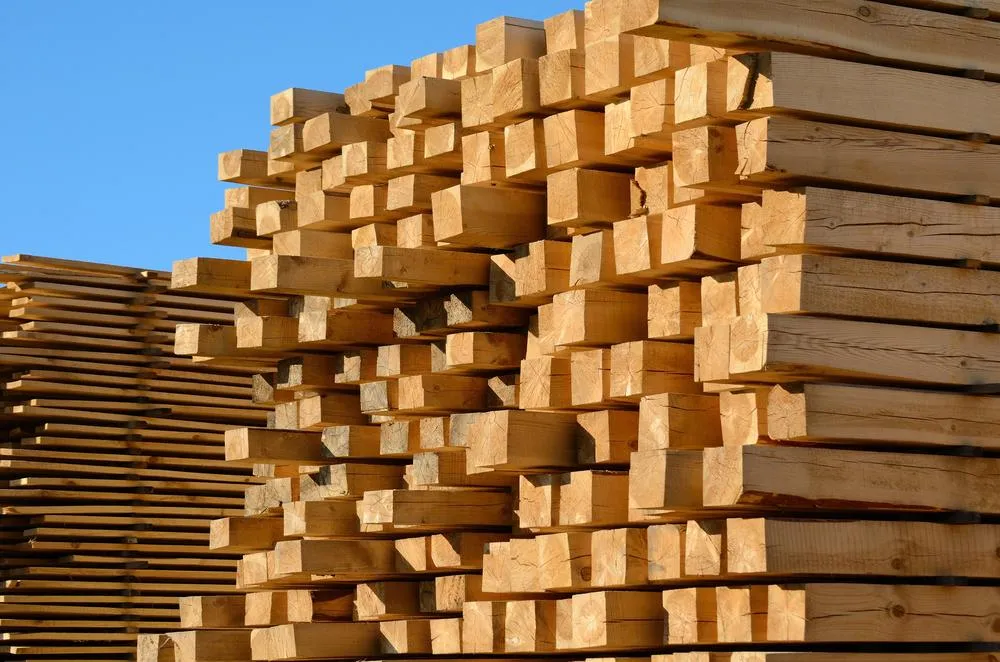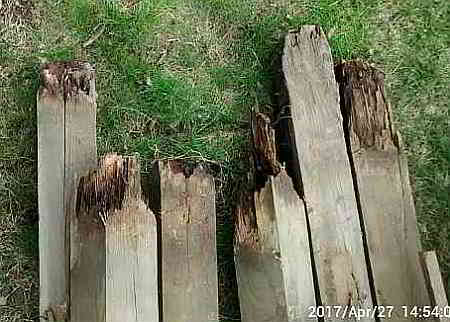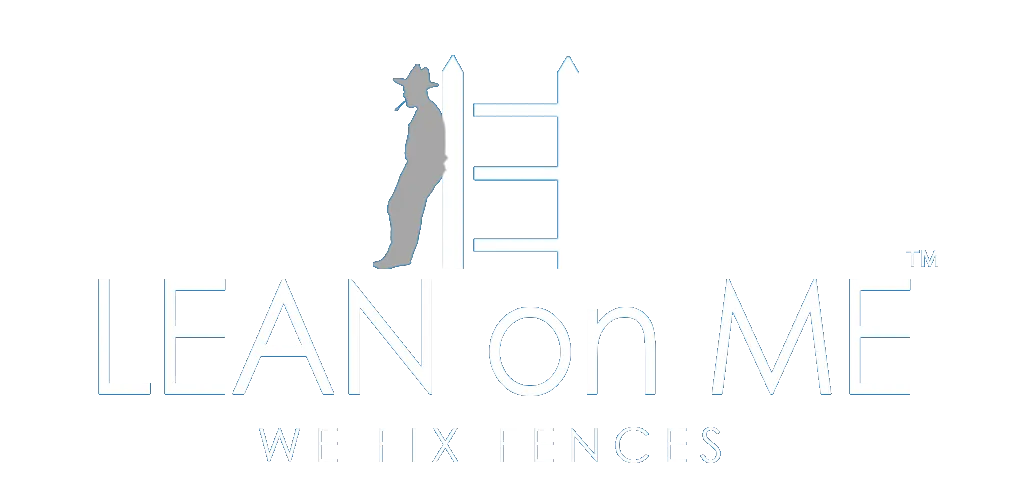The Art of Fencing: Design, Build, and Transform Your Space
Welcome to our Blog

The Changing Landscape of Lumber: Why Your Fence Doesn't Last Like It Used To
The Changing Landscape of Lumber
Why Your Fence Doesn't Last Like It Used To

Over the years, the quality of lumber used in construction, including fences, has changed significantly. In Canada, where we're known for our vast forests and timber resources, this shift has been particularly noticeable. The lumber that once stood strong for decades now seems to deteriorate much faster, leaving homeowners frustrated with the need for frequent repairs and replacements.
One of the primary reasons for this change is the shift towards faster-growing softwood species, which are often less dense and more prone to decay than the slower-growing hardwoods of the past. Additionally, changes in harvesting practices and the use of younger trees can result in lumber that is less resistant to insects, rot, and environmental factors.
At Lean On Me - The Fence Company, we understand these challenges and have developed a solution to help homeowners enjoy their fences for years to come. Our patented fixture is designed to counteract the effects of these changes in lumber quality, providing extra stability and support to your fence. By using our innovative solution, you can breathe new life into your fence and enjoy its beauty and functionality for years to come.
Our fixture is a cost-effective and environmentally friendly way to extend the life of your fence without the need for frequent repairs or replacements. It's a simple yet effective solution that can make a world of difference in the longevity of your fence.
Don't let the changing landscape of lumber leave you with a fence that doesn't last. Choose Lean On Me - The Fence Company, and let us help you enjoy your fence for years to come.

FAQs
Why does a wooden post rot?
Wooden posts rot when exposed to prolonged moisture, leading to decay over time.
Why does a wooden post lean?
Wooden posts may lean due to insufficient depth during installation or soft soil conditions. Ensuring the post is buried below the frost line helps prevent leaning.
Can the rotted post be fixed?
Traditionally, replacing the rotted post was the only solution. However, Lean on Me offers a unique fixture that repairs the post without replacement. Since the rot is localized at the ground level, our solution ensures long-lasting repairs.
Does the rot travel up the post?
No, the rot typically remains confined to the area where moisture accumulates at ground level and does not spread up the post.
Can the leaning post be fixed?
Yes, Lean on Me addresses leaning fence posts by cutting the post at ground level, installing the fixture, and realigning the post to a level position.
What to do if the 2x4s have shrunk and pulled away from the posts.
Yes there is a solution. The 2x4s will always generally shrink over time, so Lean on Me designed a stainless steel bracket that covers this space and provides a long lasting solution to the problem without having to disassemble anything.
Should I repair or replace my fence?
Repairing the fence is often a viable option, especially if the majority of the wood is in good condition. Issues such as rotted posts or separation between the 2x4 and post can be easily fixed, providing a cost-effective and environmentally friendly solution.
How long does the repair last?
Our repair solution is designed to be durable and long-lasting. With proper installation and maintenance, you can expect the repaired fence post to endure for many years.
Is the repair visible or does it affect the appearance of the fence?
Our repair process aims to minimize any visible impact on the appearance of the fence. The fixture is strategically installed to maintain the integrity and aesthetics of the fence.
Can your fixture be used on any type of wooden post?
Yes, our fixture is compatible with various types of wooden posts commonly used in fencing, including cedar, pine, and pressure-treated lumber.
